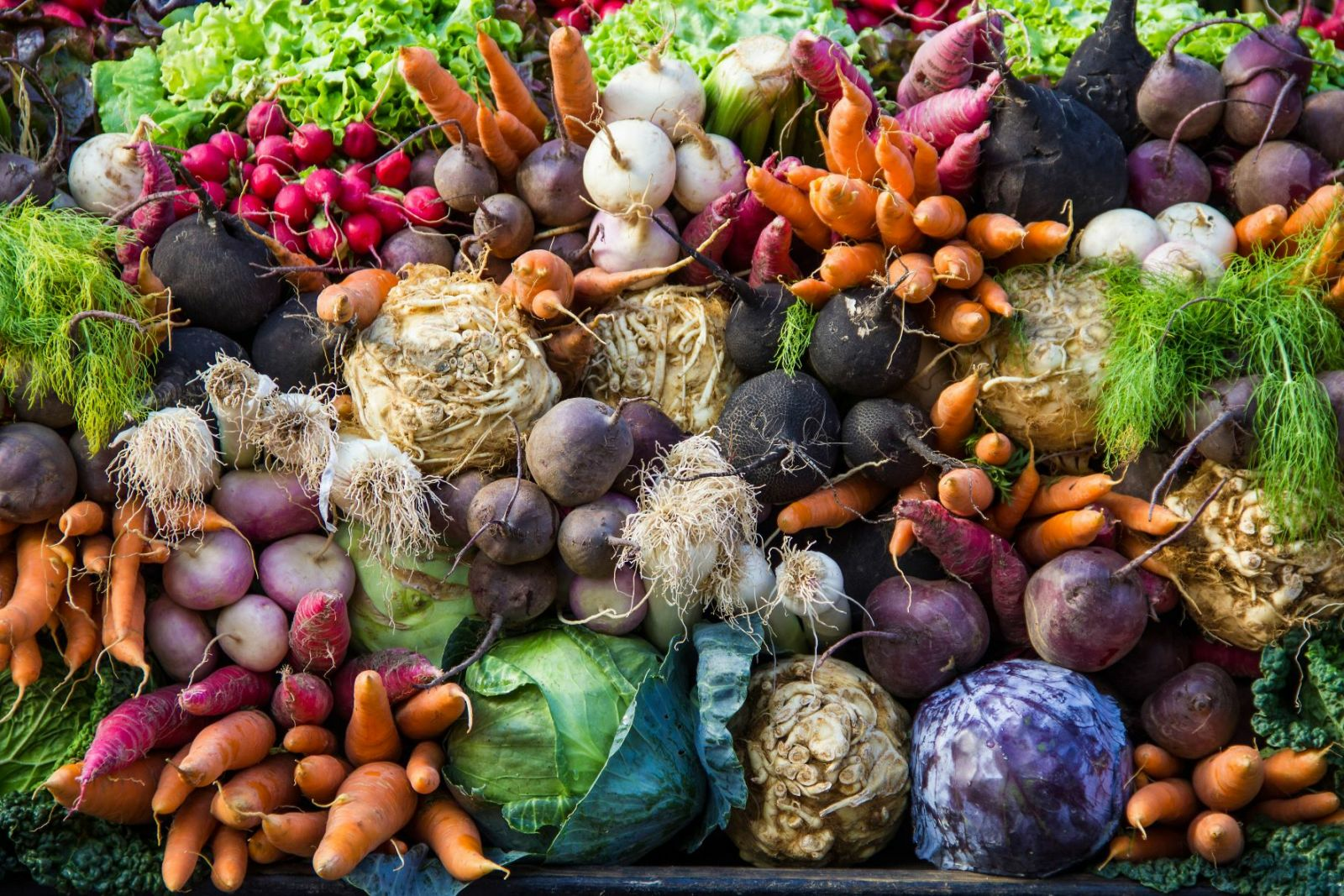
Harvest Time: When to Harvest Vegetables?
Find out exactly which fruit and vegetables should be harvested and when. We also show you which fruit and vegetables are still ripening and which should be harvested when ripe. What is the difference between "early vegetables" and "late vegetables"? The time of day also plays a bigger role in the harvest than you might think. We also show you the harvest times of important fruit and vegetable varieties.
This Article Contains:
- When Is Harvest Time for Fruit and Vegetables?
- Harvesting Vegetables: When Is Time to Harvest?
- Early Vegetables: Better to Harvest Too Early Than Too Late
- Late Vegetables: The Longer They Ripen, the Tastier They Are
- Time to Harvest: Tips for the Right Time of Day
- Harvesting Vegetables in Winter
- Table for Harvest Times: The Most Important Fruit and Vegetables
- Frequently asked questions about harvesting fruit and vegetables
Quick Overview
Overview of Harvest Times: When Is What Harvested?
- Rhubarb: as soon as the leaves have unfolded until June 24, as the oxalic acid content can become too high later.
- Tomatoes: In Germany, tomatoes are usually harvested from July to the beginning of September.
- For sweetcorn, the harvest time depends on the variety. Early varieties can be harvested as early as July. Late varieties are ripe between September and October.
- Apples: Early apple varieties are already ripe in July. Late varieties can be harvested between August and September
- Quinces are harvested in October, but they should be picked before the first frost.
- Blackberries can be harvested from July to October.
- Gooseberries can be harvested from May to August.
- Pumpkins are usually harvested from mid-August to the end of October.
- Kohlrabi can be harvested in Germany from April to October, depending on when it is sown.
- Potatoes are harvested from early summer to fall. Early potatoes can be harvested from the end of May to the end of June, while late potatoes are dug out of the ground between September and October.
- Beetroot is harvested around three months after sowing. As the tubers can be sown from mid-April, they can be harvested as early as July. However, the main harvest time is in August and September.
When Is Harvest Time for Fruit and Vegetables?
When harvesting fruit and vegetables, it is useful to know which crops can ripen and which should be eaten straight away. This makes it easier to plan when what needs to be harvested and processed. In technical terms, fruit and vegetables that ripen after harvest are also called "climacteric". Whether fruit and vegetables can ripen is due to the plant hormone ethylene. This gaseous substance is also produced by ripening fruit after harvest. Ethylene ensures that certain metabolic processes continue to take place after the harvest so that the fruit continues to ripen. Because ethylene is gaseous, it also gets close to fruit and vegetables and ensures that they ripen more quickly. Non-climacteric crops (i.e. crops that do not ripen) do not have ethylene receptors, which means that they cannot ripen later.
Which fruit and vegetables can ripen?
- Ripening foods include fruit such as apples, bananas, pears, quinces, apricots, peaches, plums, blueberries, medlars, melons and kiwis. Tropical fruits such as avocados, mangoes, papayas and bananas also ripen. Tomatoes can also ripen.
- Non-ripening fruits are berries such as strawberries, raspberries, currants and blackberries or citrus fruits, pomegranates, cherries and grapes. Peppers, leeks, zucchinis, carrots, cucumbers, eggplants and cabbage also do not ripen.
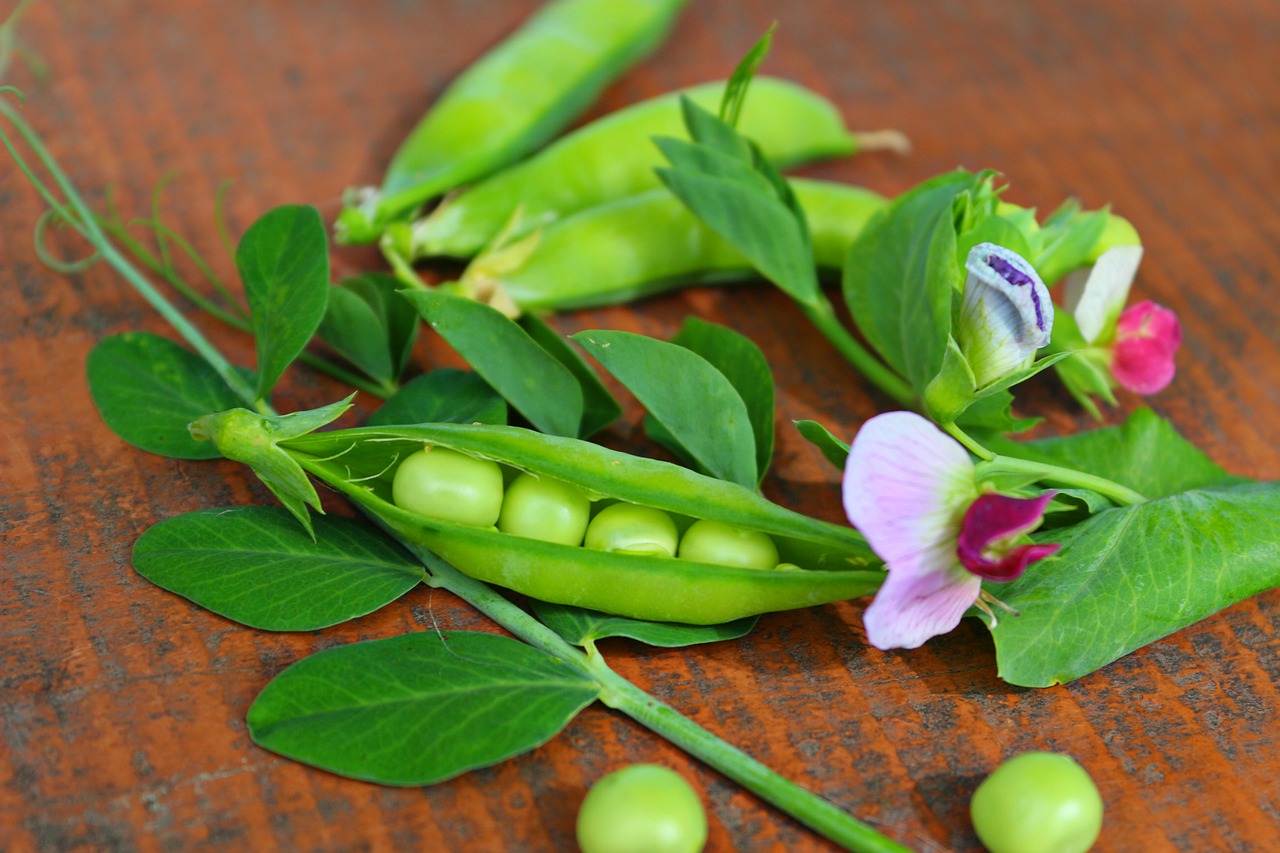
Harvesting Vegetables: When Is Time to Harvest?
The perfect harvest time for many vegetables can be easily determined with a few tricks. Onions are ripe as soon as the leaves fold over and dry out. Rhubarb can be harvested when the leaves are completely unfolded. Cauliflower is ready to harvest when the florets are still white and closed. Ripe kohlrabi is about the size of a tennis ball. Sweetcorn can be harvested when the threads of the cobs turn black. With pumpkins, you can use the tapping test to find out the degree of ripeness. If the pumpkin sounds hollow, you can harvest it! To see if your sweet potatoes are ready to harvest, you can cut them slightly. If the cut area dries quickly and hardly juices at all, you can harvest it. Peppers are typically harvested when they are fully ripe. You can tell when they have reached their typical color. This can range from yellow, red to purple. However, green peppers are harvested unripe.

Find out More About Harvest Times!
In our library you will find information on the individual varieties with cultivation periods, tips on planting and harvesting times. You will also find good and bad companion plants to help you plan a mixed crop.
View Library NowEarly Vegetables: Better to Harvest Too Early Than Too Late
Not all vegetables should be harvested when fully ripe, otherwise their flavor will diminish. This means that they are harvested before they have fully developed their seeds or other reproductive organs, for example. These vegetables are known as "early vegetables". These include, for example, peas, which become mealy over time; kohlrabi, which becomes woody, and zucchinis and cucumbers, which lose their aroma and whose skin can become very firm. Eggplants become waddy and dry if they are harvested too late.
Eggplants are best harvested as soon as the skin loses a slight sheen and the seeds are still white. Cucumbers should always be harvested before the skin turns yellow. An exception to this is the peeling cucumber, which is only ready to harvest when the skin turns yellow. Cucumbers are usually ready to harvest when they have reached a size of 20 - 30 cm/7.9 - 11.8 in. Zucchinis can be harvested as soon as they have reached a size of 15 to 20 cm/5.9 to 7.9 in and the flower has completely faded. For peas, the right time is as soon as the peas are visible in the pods.
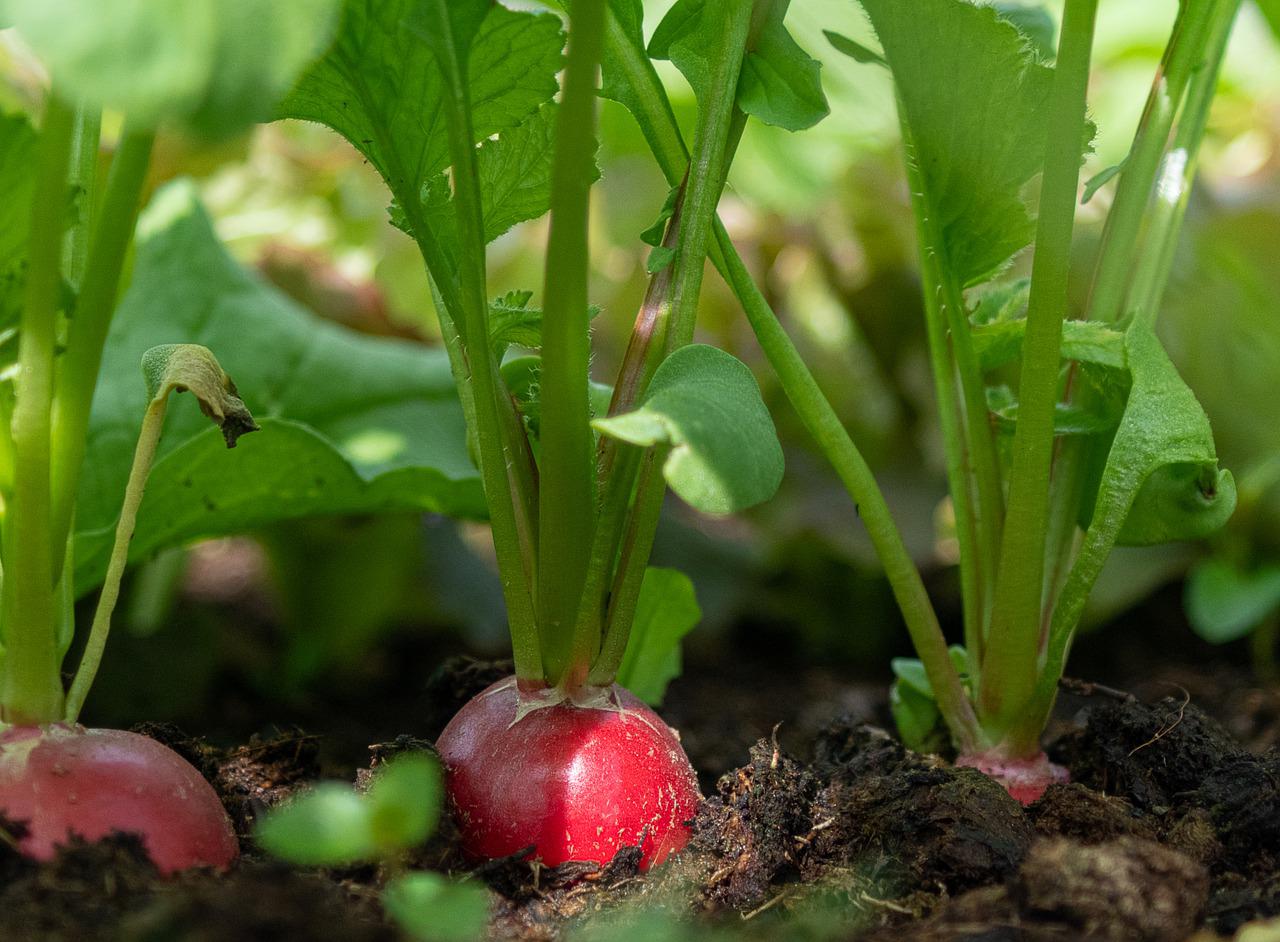
Late Vegetables: The Longer They Ripen, the Tastier They Are
Late vegetables taste better the later they are harvested. This includes most root vegetables such as carrots. Parsnips and salsify can even be covered with straw or fleece in the garden over the winter. With radishes and daikon, however, you should be careful not to harvest them too late, as the roots will otherwise become woody or furry. Kale and Brussels sprouts only taste really good once they have had at least one night frost. If you choose late leek varieties, they can cope so well with frost that some of them will continue to grow in winter.
Time to Harvest: Tips for the Right Time of Day
For some vegetables, the time of day at which they are harvested is important. Lettuce, spinach and other leafy vegetables should only be harvested in the evening, as this is when the nitrate content is at its lowest. Nitrate is important for plants because it allows proteins to be formed. Nitrate is broken down during the day, which means that the concentration is lowest in the evening. The same applies to the following vegetables : beetroot, kohlrabi, radishes and daikon. Nitrate is harmful to our health in higher concentrations, as it can be converted into nitrosamines in the body, which are carcinogenic. The vitamin content of many vegetables also increases during the course of the day. Only herbs should be harvested in the morning, as they can lose their aroma with the midday heat.
Tip: You can keep the nitrate content of vegetables low with appropriate and coordinated fertilization.
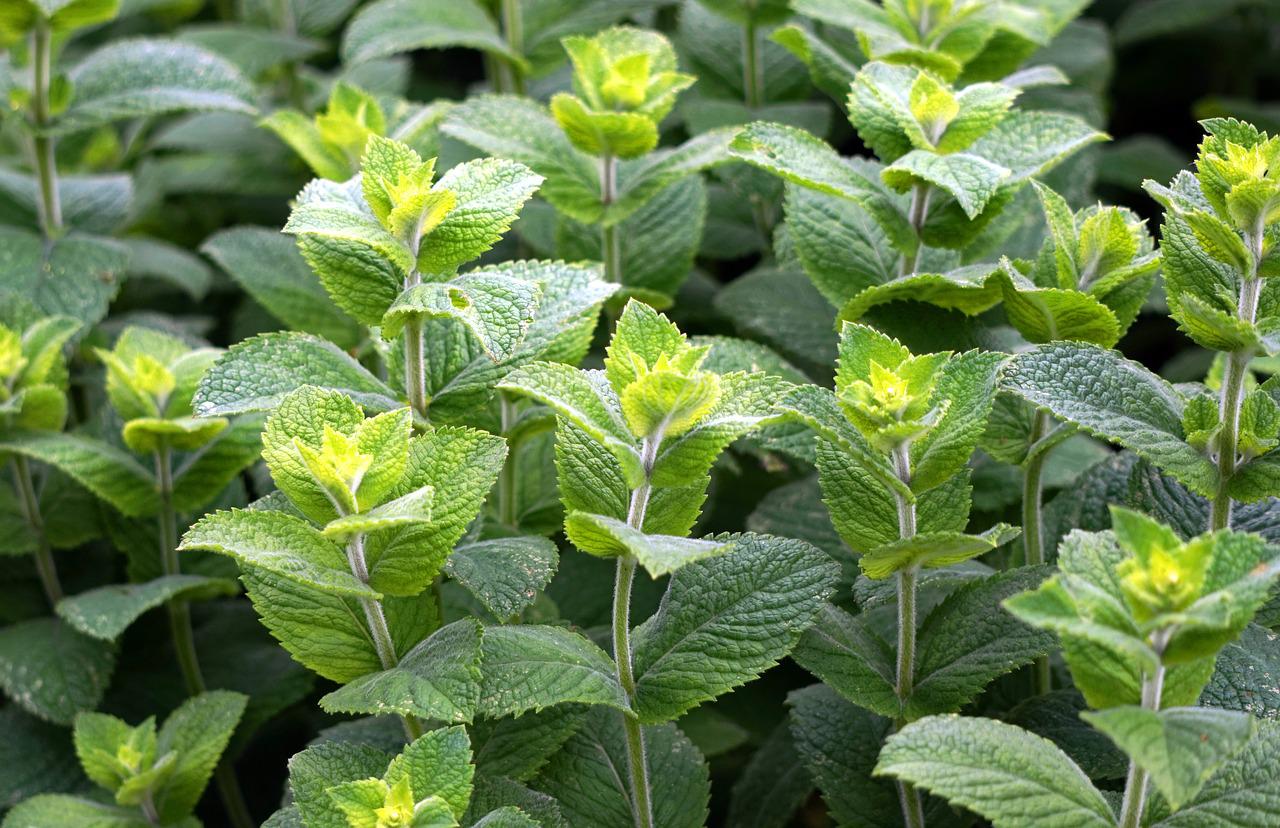
Harvesting Vegetables in Winter
Some vegetables, such as chard, spinach, winter cress or postelein, can be harvested late into the winter. Other vegetables such as leeks, Jerusalem artichokes, Brussels sprouts or kale can also be left to overwinter in the field and harvested fresh from the garden throughout the winter. Find out more about Growing Vegetables in Winter in our article.
Table for Harvest Times: The Most Important Fruit and Vegetables
| Fruit or Vegetable | Harvest Time |
|---|---|
| Apples | early apple varieties are already ripe in July. Late varieties can be harvested between August and September. |
| Beetroot | depending on the time of sowing, harvesting is possible from July. However, the main harvest time is August and September. |
| Blackberries | from July to October |
| Gooseberries | from Mai to August |
| Kohlrabi | from April to October |
| Potatoes | early potatoes can be harvested from the end of May to the end of June, while late potatoes are dug out of the ground between September and October. |
| Pumpkin | harvest time from mid-August to the end of October |
| Quince | harvest time is in October, but they should be harvested before the first frost. |
| Rhubarb | as soon as the leaves have unfolded until 24 June, as the oxalic acid content can become too high later. |
| Sweetcorn | early varieties can be harvested as early as July. Late varieties are ripe between September and October. |
| Tomatoes | in Germany, tomatoes are usually harvested from July to the beginning of September. |
If you have any questions or comments, please write to us at [email protected]. Would you like to receive helpful gardening tips all year round and plan your own beds optimally? Then register here or download the Fryd app for Android or iOS.
Fryd - your digital bed planner
Cover picture: PublicDomainArchive on pixabay.

Isabell
Isabell studies agricultural sciences and loves to be surprised by nature and its complexity again and again. Herbs - whether gathered wild or in the garden - are her passion.
Learn MoreCurrent Topics in the Community

We had an olive tree ... when it didn't survive a harsh winter, my husband and our children turned it into this sculpture - a real #heart element in our garden. We planted a rambler rose on the second olive tree, which enchants us every year with its white flowers. It looks as if it were a flowering rose bush ....
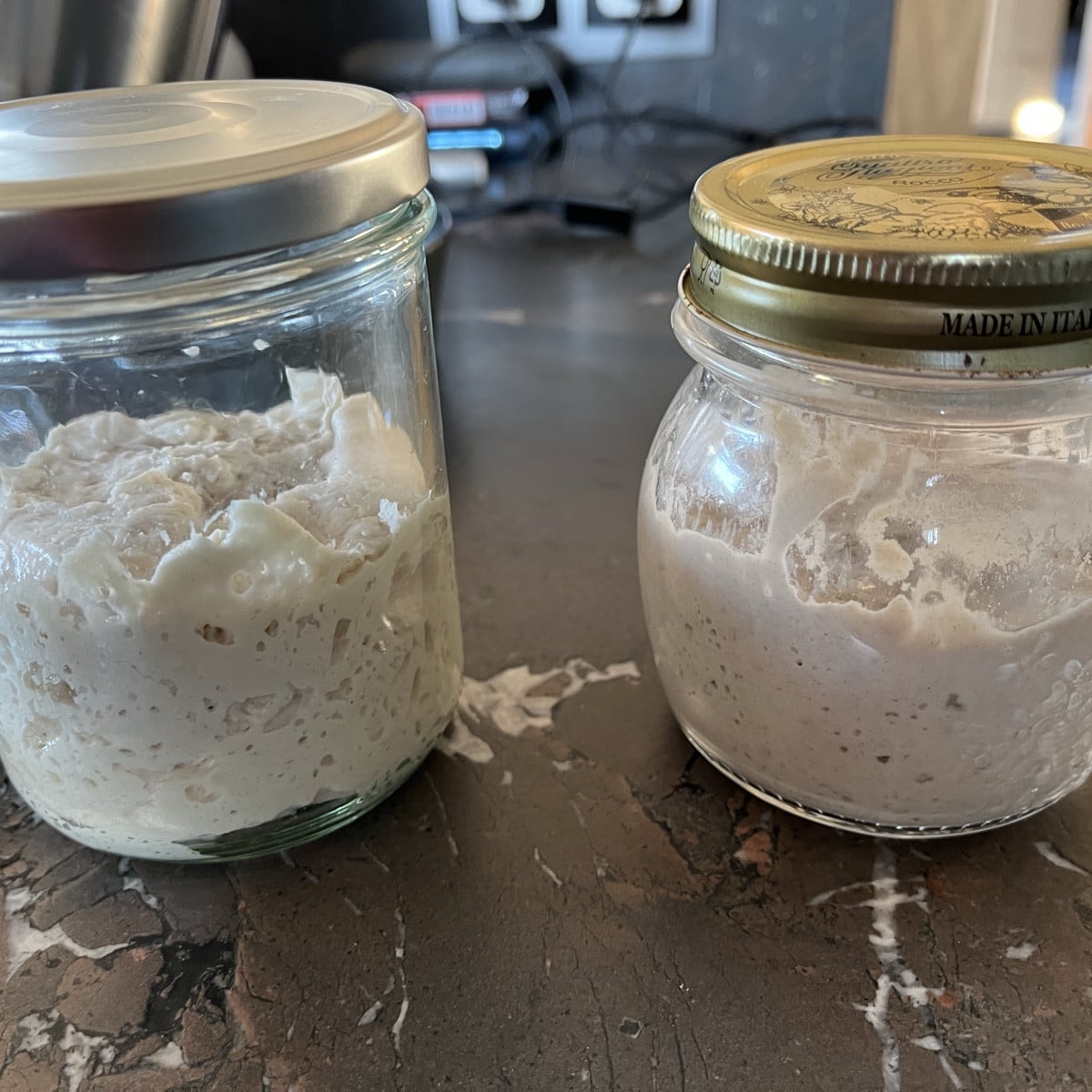
Liked 5 times
May I introduce: my roommates Max (left) and Moritz. Max is a "sweet starter", which I used for the panettone and I can say it's much better than the store-bought one! The baguette (ok I still have to work on the perfect shape 🤣) with yeast only. The Moritz is a rye sourdough and is used for Vintschgauer.

Hello lovelies I am new to gardening What recommendations do you have for buying seeds? Or which stores can you recommend? I'm planning to start with the classics Onions, potatoes, garlic, carrots, herbs, lettuce, tomatoes, peas, beet and pumpkin
Show 3 answersPopular Articles

Overwintering Parsley: How to Do It Successfully

How to Grow Lettuce in Winter: Varieties, Sowing, Harvesting

Growing Sage Plant: Tips for Sowing and Harvesting

What Herbs Can Be Planted Together?

Create & Design a Permaculture Garden

Overwintering Plants: Tubs, Pots and Raised Beds

Pruning, Fertilizing & Propagating Currants: Care Tips

Pruning Raspberries: How to Do It

Vegetable Garden With Greenhouse: How to Use Greenhouse Effect

Winterizing Beds and the Garden: How to Do It
FAQ
What time of day should I harvest beetroot and chard?
Beetroot and chard are best harvested in the evening, as this is when the nitrate content is at its lowest. This also applies to most vegetables. Only herbs should be harvested in the morning, as they can lose their aroma in the midday heat.
Rhubarb should be harvested by mid-June, by June 24 at the latest. If you wait too long to harvest rhubarb, the oxalic acid content increases too much and rhubarb can then be poisonous.
Potatoes come in early and late varieties, which results in a fairly wide harvest window. Early potatoes ripen between May and June and late potatoes can be harvested between September and October.
Quinces really ripen towards the end of September to October and should then be harvested quite quickly. It is important that the harvest is completed by the first frosts. A ripe quince loses its fine fuzz and is then ready for harvesting.